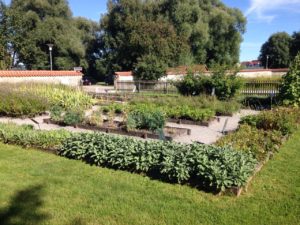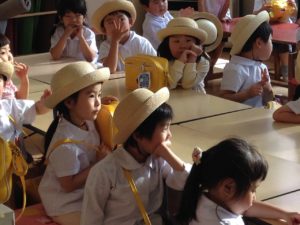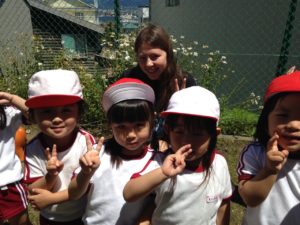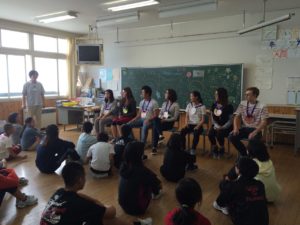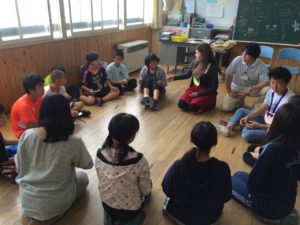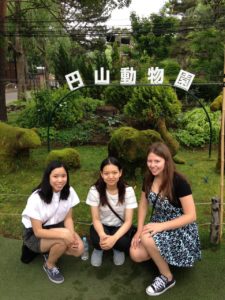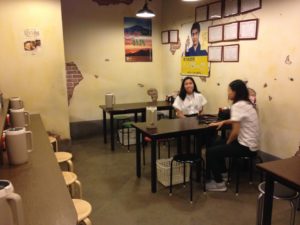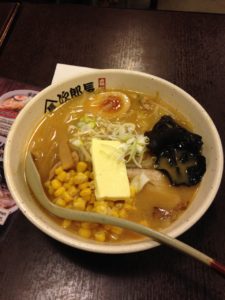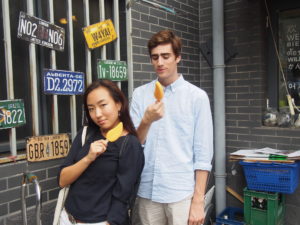Thanks for tuning in.
A little change here, I will start with my community interaction.
So, if you’ve been following along on my adventure thus far in Brittany, you’d recall that my host family dad and I had tried our hand at making the traditional Breton cake called Kouign Amann (literally ‘Butter cake’). Well here’s the second attempt, as you can see, a little less brown on top, but we don’t seem to have mastered the requisite creation of layers. Don’t get me wrong, it was still delicious by all means (sugar butter what’s not to like?), but perhaps a more rustic (read messy) in presentation.
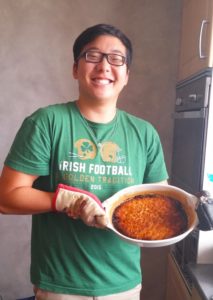
Just my two cents, but this is definitely the best The Shirt of my three years here. #AlwaysReppin
Unfettered by the disappointment of failure, I traveled to a local bakery to discuss this regional dish. In a short talk with the baker, I learned a little bit about the humble Kouign Amann. A couple highlights:
- It was a 19th century creation made in a little town in Brittany (I found online the name to be Douarnenez, did not get the spelling right at the bakery)
- A good Kouign Amann’s pastry is supposed to be airy, light, and flaky, similar to a croissant. So our thick, dense cake doesn’t quite fit the bill of a proper creation. We must not be doing something right; we sure aren’t missing any ingredients, because it’s just flour, sugar, and butter.
- And he didn’t have to tell me why its popular, because I know these cakes are just freaking delicious. Although I will say that while the French are much more concerned with controlling portions and maintaining health in general (heck the end of their McDonald’s commercials feature warnings to eat 5 daily servings of veggies and not too much fat/sugar/salt), that kind of restraint does not seem to be present in the preparation of their pastries. I’m a stereotype fulfilling American, and I was surprised with the amount of butter and sugar we put into our stout-sized cake. I assume frequency of consumption is better managed.
And there you are, now turning to school.
Our group of B1.3 switched professors as a group of 40 Mexican collegiate students arrived Monday, so our last prof went to take some of them. However, I did get my test back from last week, and it was the highest I had ever gotten on a test (17/20 which is ok by US standards, but excellent in France).
Nothing truly new to report from the classroom, I feel like I’m learning a lot and making good progress. Perhaps what’s most indicative of that is my conversational ability with other international students. For example, my best buddy here is Swiss, and I feel like I just have a lot more I can say to him after five weeks. I remember the first week when we met, where I just could not always get a coherent message across, and now we can have a lengthy, much more fluid conversation.
On a related note, something that I’m most excited about is my fluency with the different tenses. I don’t feel afraid anymore of using the future, past conditional, or subjunctive tenses. Instead, quite naturally, I’ll just be talking and Whoop there it is just popping in like no biggie. Yay me!
And that’s all for this week. I haven’t decided the theme of next week quite yet, so I’ll leave my one reader in suspense for now.
